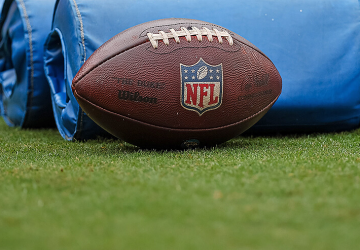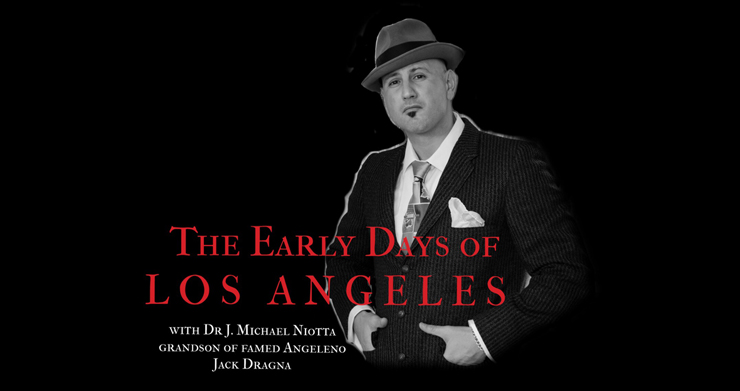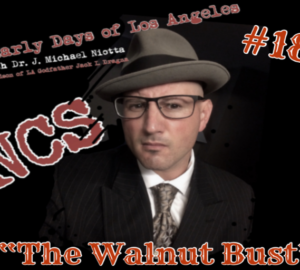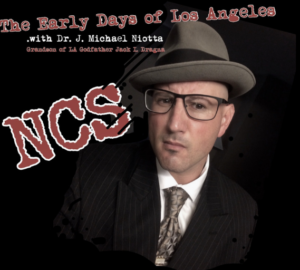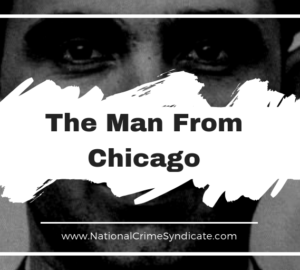Similar to the way movie stars are fawned over and followed, a certain mystique also clings to the criminal element. And in rare instances, the celebrity and the gangster are even balled into one. Dillinger, Capone, and Bugsy are but a few examples of well-dress killers who reached media heights and fame during their lifetimes. And nearing a century later, the luster of the gangster genre hasn’t faded. Decades after the demise of each crime icon, they continue to be emulated again and again on the big screen. Though often a money-making formula for those in show biz, the cycle poses a bit of a problem for historians. Reality has a tendency to taper toward fiction under the direction of screenwriters. As a result, more than a few “new histories” have been crafted under the con-guise, “based on a true story.” And sadly, viewers actually believe it. Who many of these figures were and what they physically did has been lost in a haze of pulp-legend and fantasy. As I have tried to point out, LA’s past was exciting enough without sprinkling in all the bull.
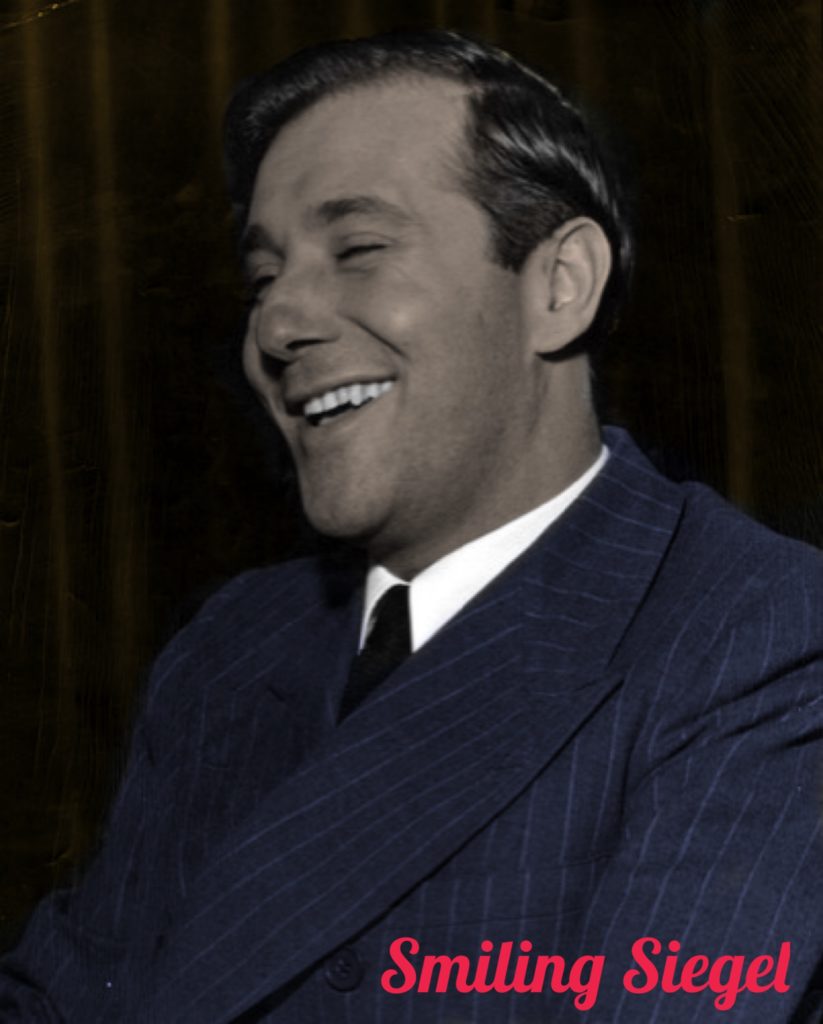
Ben Siegel’s move to Southern California in late 1936, is often linked to theories of intricate plans involving hungry East Coast operators desperate to set up shop. As exciting as the plot sounds, a much more likely explanation for his relocation is that the climate in New York had gotten a little too hot. At the time of Siegel’s departure, Tom Dewey and the authorities weren’t the only ones gunning for him. Even some of his fellow associates had grown tired of the unpredictable “Bugsy” antics.
In the case of Handsome Johnny, the anti-hero persona is typically pitted as the suave emissary of Chicago, decisively and methodically sent to LA to carve out a piece of Hollywood for the Outfit. This too seems overly cinematic and, given the facts and the timeline of events that did happen, highly unlikely.
Author’s Disclaimer: much of what follows is purposely vague; the finer details have been omitted and are reserved for an upcoming book on the early history of organized crime in Southern California. I am presently working on the title with co-author, Richard N. Warner. Visit www.jmichaelniotta.com for newer updates, and check out my true crime debut, The Los Angeles Sugar Ring!
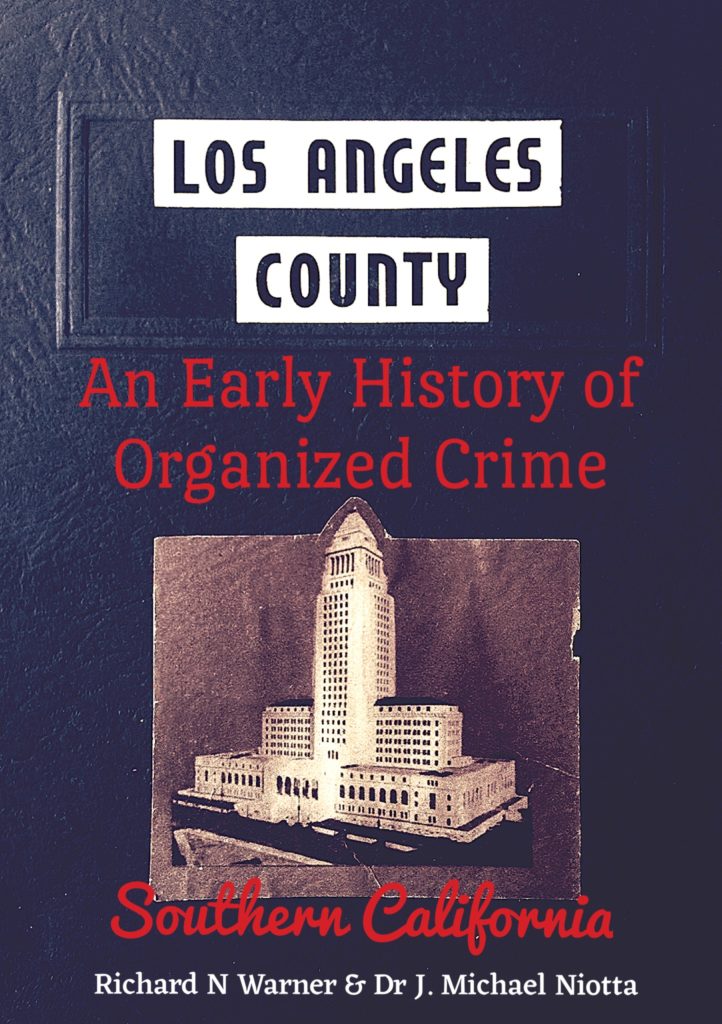
Perhaps the most in-depth and widely referenced source on Handsome Johnny, is Charles Rappleye and Ed Becker’s 1991 release, “All American Mafioso,” which looks exclusively at the life of Roselli. While insightful and entertaining, the work is guilty of perpetuating many of the commonly held misconceptions, and even gives birth to a few newer tall tales. In the defense of the authors, they lacked the advent of the internet and were not granted access to Roselli’s FBI files. These are but a few of the luxury tools now at the disposal of new school researchers. That being said, even post WWII FBI records pertaining to Roselli’s past, his activities, and his allegiances contained substantial errors. Classified documents from the late 40’s falsely explained that he was born in Chicago in 1905, and that he came to Los Angeles at about fifteen or sixteen years of age. The feds didn’t gain insight into Roselli’s true identity until the second half of the 60’s. And although they updated their files accordingly, the information was not made available to the public (or Rappleye and Becker) until much more recently. What authorities learned from an informant, is that in 1923 a teenage thug named Filippo Sacco jumped bail in his hometown of Boston to avoid a jail sentence over a charge of grand larceny. The kid ran to Chicago, assumed a new identity then split for SoCal shortly after. Sacco’s most popular alias, that of John Roselli (spelled with only one ‘S’ on the original falsified documents, though he himself sometimes spelled it with two ‘S’s’), may have been crafted in Chicago during his initial visit in 1923.
Conveying Roselli as a product of Chicago’s criminal element, Rappleye and Becker explain that he came to them “among the youngbloods who migrated west to join Capone’s band,” and that the teenage upstart served as “a street thug, a rum runner,” and “a gunman for Al Capone in Prohibition Chicago.” Such claims lose weight when the exceedingly short span of the youth’s stay in Chicago is highlighted. As this writing duo also points out, “in the winter of 1923” [the very same year Roselli arrived in Chicago] “with the heyday of the Capone mob still before it, Roselli’s career with the nation’s most notorious criminal gang was cut short.” Doing the math, Handsome Johnny was only in the city of Chicago for a few brief months, which would not have afforded the young man much time to establish any real or lasting ties. Typically an outsider is not so easily or quickly accepted into the inner circle of a tight knit and organized criminal faction.
One thing “All American Mafioso” does get right about Roselli is that his health was an issue. As the authors put it, “he could not shake the delicate lungs that plagued the Sacco family.” The trait had already taken his father, and in 1936 it would claim the life of his brother, Vincenzo, as well. Roselli’s condition may have just been the driving force behind the locale of his chosen destination. The practice of coming out West to cure ailments such as tuberculosis was nothing new; folks had been seeking out a drier climate for about as long as they’d encountered the illness. Though this likely played a part in why Roselli selected California, Rappleye and Becker claim that Capone purposely “dispatched” him there. Whether or not Johnny Roselli made a connection with Al Capone, and how deep of a relationship they managed to put together in such a short span of time remains in question. That being said, Al wasn’t running the show in Chicago at the time, Johnny Torrio was.
If Capone did take a liking to Roselli, and if the young man did in fact have the backing of Torrio’s organization, and was sent to California to oversee Chicago’s interests—as is so often suggested—then the Outfit didn’t provide their new recruit with any assistance in the endeavor. He reached the City of Angels alone, broke, and half dead. According to the feds it was in February of 1924, though it may have been a little earlier. As Rappleye and Becker point out, in Los Angeles, “survival was his main concern”—he got there sick, “penniless and gaunt.”
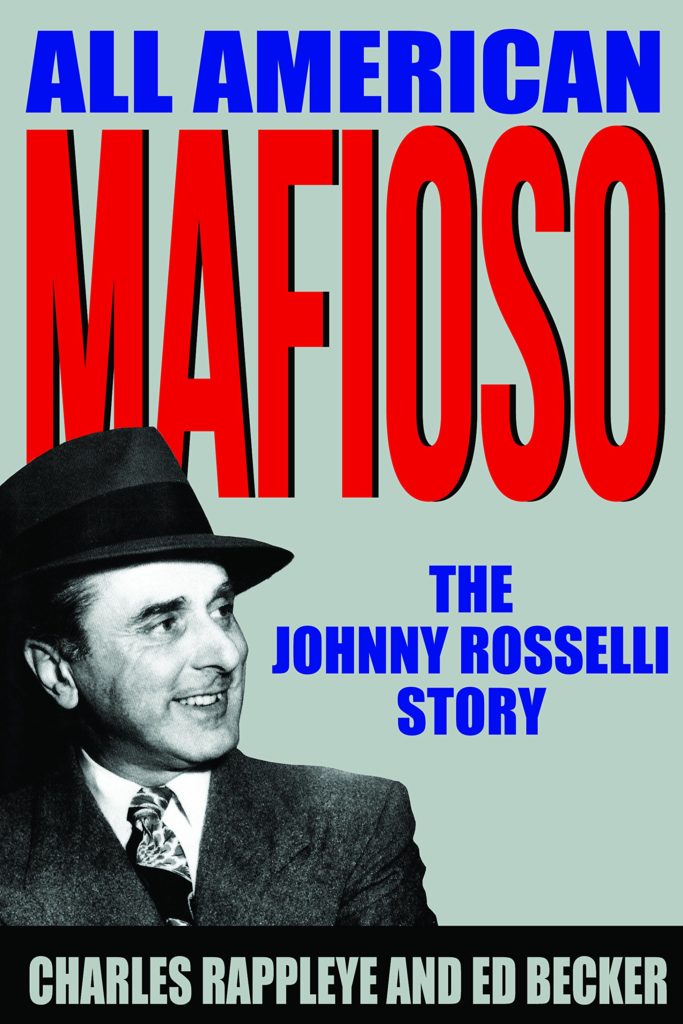
While the idea of a young, tough, and handsome Johnny Roselli serving as Capone’s missionary out West certainly makes for a very noir angle, it is severely doubtful. Why would the Outfit send an ill teenager they’d just met—one who was wanted by the law—to the other side of the country to act on their behalf? And if the organization did have an interest in Roselli, wouldn’t they would have sent him off a little more prepared? At bare minimum, they would have provided him with a contact in Los Angeles and some form of bankroll. Handsome Johnny didn’t have either. He knew no one and had nothing when he got where he was going.
A much more likely scenario regarding Roselli’s initial relationship to Chicago, is that he made contact with the city’s Italian underworld while attempting to secure false identification. Chicago may have just been a quick stay over en route to the drier climate of California. The contention that Roselli was not affiliated with Chicago (at least not during the early part of the roaring twenties) is further strengthened in his choice of employers upon reaching the coastline. Rather than taking up under Rosario DeSimone, Joe Ardizzone, or Jack Dragna—who by then already had nationally established bootlegging arrangements—Roselli instead came to work for Tony Cornero, an independent rum-runner who, although Italian (and although Rappleye and Becker refer to him as a “mafioso”), was never a made or connected man.
As a member of the Cornero brothers’ gang, Handsome Johnny was pitted against the rival faction led by the infamous Page brothers. Working as muscle for Cornero, Roselli had run-ins with other Italians as well, and he even hijacked one of Jack Dragna’s liquor shipments. Thankfully for Handsome Johnny, the bad blood would eventually be patched up. In his first three years in LA, the authorities hauled Roselli in often, but not always under the same name. He went by several aliases, including the humorous Jimmy Hendricks and John Stewart.
After a huge liquor bust in ’26, Roselli was out a job. His boss, Tony Cornero, had to flee the country. But being alone in LA wasn’t the only problem. The ill effects of TB had returned. Seeking treatment, Roselli traveled north to a facility in Redwood City, where—as Rappleye and Becker assert—he visited a sanitarium “for six months of recuperation.” Embellishing the talents and available options of the young and sickly twenty-something, the authors boasted that after healing up, Johnny Roselli “was well positioned to head his own band, smuggling liquor and collecting whatever booty he might claim.” Despite this assertion, rather than starting his own thing, he took a little break instead. Retribution from any number of LA gangs he’d had recent shoot outs with, may explain why Roselli briefly distanced himself from the Los Angeles rackets. Considering he was back in California roughly three months later though, the jaunt he made to Chicago in September of 1927, was likely little more than a vacation and a friendly visit.
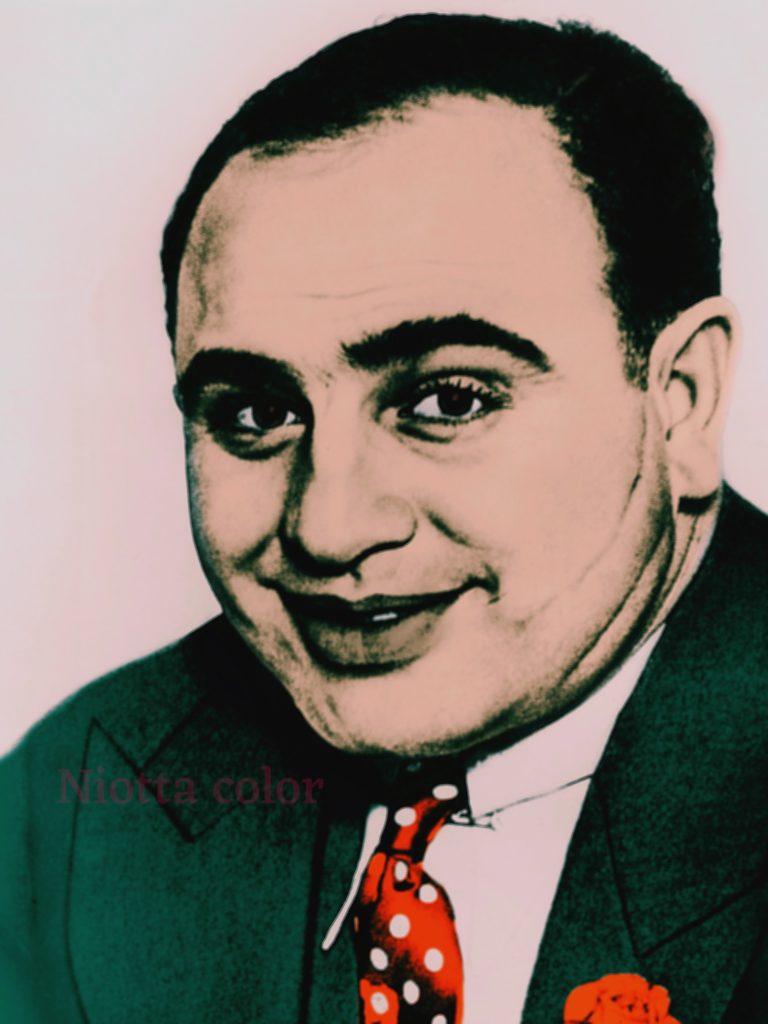
The hijacking of one of Jack Dragna’s liquor trucks is not mentioned in “All American Mafioso.” The authors probably were not aware of the incident or of any interactions between Roselli and Dragna prior to late 1927. They did state that Capone was the one to suggest Johnny should work for Jack, which could very well be true. After all, the bad blood between them had to be patched up some how. Once more showing a lack of insight into existing relationships, Rappleye and Becker state that Capone thought of Jack Dragna as “a prospective partner on the west coast.” Apparently they weren’t aware that Chicago and Los Angeles were doing business prior to 1927. The arrangements in place, despite common thought, had nothing to do with Johnny Roselli.
A lack of insight accounts for why the authors of “All American Mafioso” portray Johnny Roselli as a form of conduit that brought Los Angeles to Chicago and to the national table.
Examples of this inaccurate portrayal of events and relationships are seen in phrases like “Roselli brought Dragna invaluable connections to Chicago,” and “as Al Capone’s liaison to the Chicago Outfit, Roselli afforded Dragna a degree of status that reached beyond the scope of a regional crime boss.” Echoes of statements like this cited in the work of more recent authors, has served to cloud the true events that transpired.
With the inception of Prohibition, California had been a national contender. The state held a virtual monopoly on the country’s supply of wine grapes, giving power to a handful of influential Italian ranchers, vineyardists, and fruit vendors. Internal struggles among scattered Italian factions certainly lessened the extent of this power, but it did not dilute it into nothingness. The organization and unification of these warring clans began to take shape around 1922, not long after the arrival of mafia powers, Don Vito DiGiorgio and Don Rosario DeSimone. And by as early as 1924, men like Joe Ardizzone and Jack Dragna were able to capitalize. Joe and Jack served as gatekeepers to the product, brokering sales across the country. And via the political and social organization they put together around 1925, they also held sway over much of the city’s Italian labor.
Many sources claim Jack Dragna benefited from working with Handsome Johnny; the common argument being Roselli brought a wealth of knowledge, experience, and outside contacts to the table. This concept is lessened by the fact that LA ties to Chicago predate their ties to Roselli. Also to the contrary to this line of thinking, Tony Cornero and Jack Dragna put far more effort into grooming the young racketeer at the start of his career than anyone in Chicago ever did. From 1923 till 1956, Roselli spent less than a year as a “resident” of Chicago. The rest of that thirsty some year span he was all Angeleno. In large part, Dragna and Cornero were responsible for cultivating Roselli’s raw talents and shaping him into the man he became. Over time, Johnny Roselli proved to be exceedingly resourceful and a good earner for the Los Angeles family. And eventually he achieved the pinnacle of being known as the face of the mob in Las Vegas. In the early days of Los Angeles though, the young racketeer was more like hired gun #2.
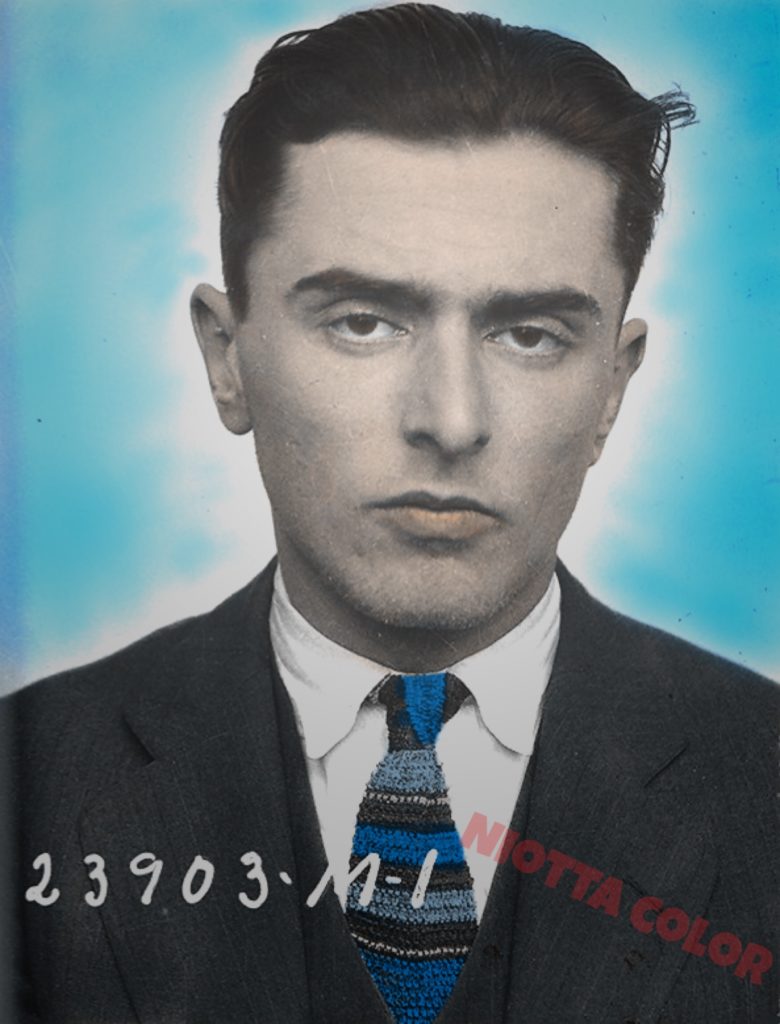
An event shortly after Roselli’s LA return does confirm that he did have a relationship with Al Capone. In December of 1927, Al boarded a train for Los Angeles with his wife, Mae, and his boy, Sonny. The family had a reservation at the Biltmore and a vacation all planned. When the authorities learned of his intentions; however, they posted up at the hotel and waited. A man as infamous as Al Capone would not be permitted to have a good time in the City of Angels. Immediately after the incident, Roselli offered up his home to Capone and his family. Al opted to make his way back to Chicago instead though. In the next few years to come before Al’s incarceration over tax evasion, Mae and Sonny would return and stay as houseguests at the Dragna residence on several occasions.
Born in the tiny town of Esperia rather than the southern end of Italy—more specifically the island of Sicily—Filippo Sacco was Italian not Sicilian. Although under the longtime employ of Jack Dragna, the fact that Roselli was not Sicilian prolonged his promotion to “the big table.” He would not rise in the ranks for more than a decade. Changing the rules, Roselli became the first non-Sicilian to earn a seat in Los Angeles.
Roselli’s small part in the Hollywood union scandals around this time, and his continued correspondence and friendship with Chicago operators, has given weight to the assumption that he belonged to the Chicago Outfit. Furthering this misconception, following his post war parole over the Hollywood shakedowns, federal agents began to take note of his communications with Sam Giancana about Las Vegas matters. What would remain unknown to the Feds for another few decades, was the story Jimmy “the Weasel” had to tell. Jimmy Fratianno joined the LA family shortly after Johnny Roselli’s prison release, and before lone became a mentee to the seasoned operator. Fratianno’s book, “Last Mafioso,” explicitly outlines his ritual induction and the background and allegiances of Johnny Roselli. Although Handsome Johnny happened to share a good relationship with the boys in Chicago, he openly expressed he had been a longtime member of the LA family.
- The Walnut Bust: The Early Days of Los Angeles With Dr J. Michael Niotta - May 21, 2020
- The Cornero Gang & the Infamous Page Brothers: The Early Days of Los Angeles With Dr J. Michael Niotta - June 4, 2019
- The Man From Chicago: The Early Days of Los Angeles With Dr J. Michael Niotta - December 12, 2018
